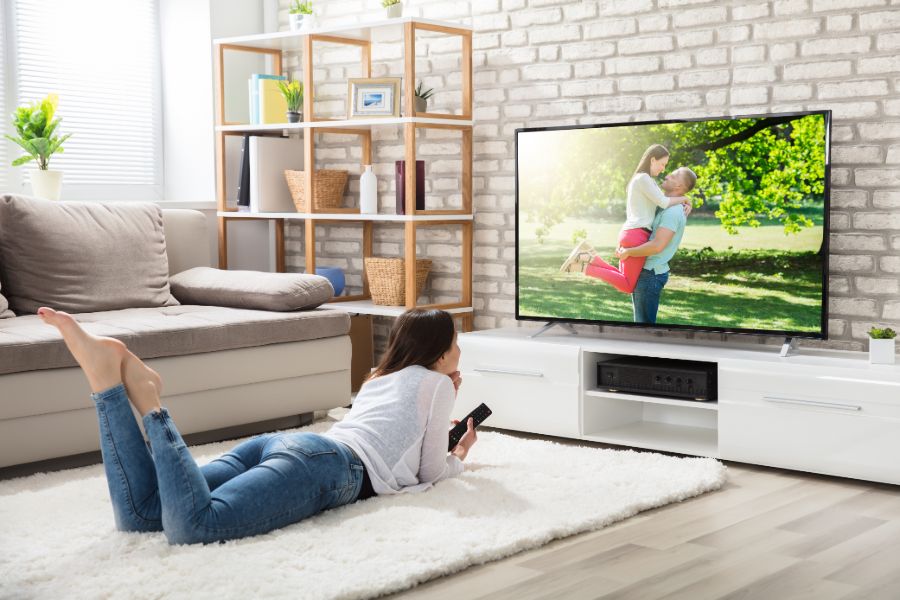How much screen time is right for adults
We spend more time looking at digital screens now more than ever; what adverse effects are we subjecting ourselves to, and what is the appropriate screen time for adults?
With COVID-19 upon us, never have humans spent so much time indoors in recent history. Consequently, we turned to computers, televisions, and smartphones for work as well as entertainment.
Long before the pandemic, people were already spending an outrageous amount of time looking at digital screens. But with subsequent lockdowns and social distancing restrictions, digital screen usage increased dramatically.
It has been established that young children, especially during their formative years, must have limited exposure to digital screens, and there are clear guidelines on the subject. However, excessive usage of digital screens by adults can be equally damaging.
A 2017 study found that adults who spent 6 hours or more daily looking at screens risk a higher chance of depression. Another study found that limiting daily social media use can bring about considerable improvement to overall health.

What are the adverse effects of excessive screen time?
Aside from reduced physical activity, one may face a few more negative effects from spending too much time in front of a screen.
Headaches and strain on the eyes
Eye strain is a very common consequence of too much screen usage. Prolonged use of digital screens leads to the eyes feeling fatigued, further leading to headaches.
Difficulty sleeping and insomnia
The light emitted by screens ensures that the brain is more alert. When looking at screens for a long time during the course of the day, a person may find it hard to go to sleep even after the screen have been turned off.
Neck, shoulder, and back pain
Whether watching the tele from the couch or using the computer on a desk at work, one is bound to stay in a less than ideal position for a long time. Spending hours sitting in a fixed position, with the face pointed steadily in a static direction, the neck, shoulder and back will naturally experience severe strain, which is sure to lead to pain.
Poor cognitive performance and addiction
Smartphones and social media are relatively recent technologies; thus, research on how they affect the human brain and mind is still ongoing. The findings of research suggest that people can actively develop addictions to their smartphones and even experience withdrawal symptoms when not using them. A more current study claims that smartphone addiction can lead to the brain’s cognitive functions performing poorly.

What is the ideal screen time for a healthier lifestyle?
In the current course of the world, completely cutting out digital screens is a concept of equal parts impossible and implausible. According to experts, two hours of screen time outside of work is the most ideal for adults.
There are a few things that can be done in order to cut down screen time successfully:
- Time your smartphone usage.
- Turn off notifications.
- Keep your phone in a different room when you are home.

If you think you may be suffering from smartphone addiction or have trouble sleeping, consult with your GP immediately.
Forget excessive, even a normal amount of screen time tends to put a lot of strain on the eyes. It can result in eyelids drooping and bags forming under the eyes. If that is something you are suffering from, you can check out VIVO Clinic’s Plasma Eye Lift Blepharoplasty.
Related Articles

Top 10 Advent Calendars of 2018
It is time to begin the countdown to Christmas! We all know what that means - we must get our...
SIXPAD: What You Need to Know
Fitness technology has boomed over the last few years and continues to do so. There are hundreds of different fitness...
5 Best Apps to Aid Weight Loss
It can be challenging to lose weight on your own, and often it is easy to lose motivation. Apps are...1,000,000
Customers
Saph was amazing today, very professional and explaining everything as she went along. I was so happy with the treatment and service today that I ended up booking for a plasma treatment in September.
Welldone guys and keep up the good work. We all need Vivo in our lives!
 close
close





